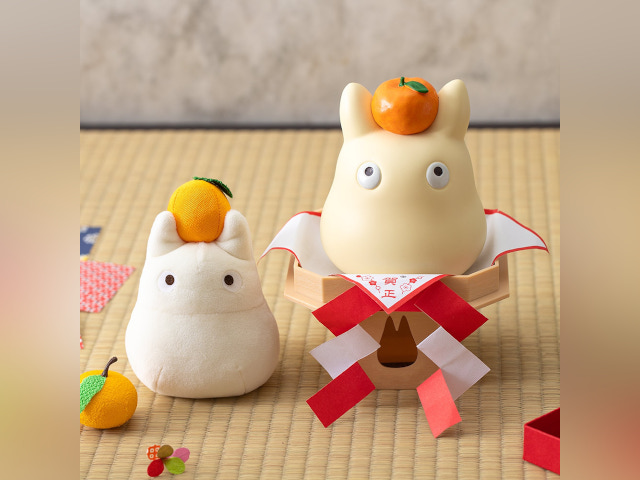
Totoro, Jiji and No Face bring anime charm to some traditional customs.
It’s often been said that the most traditional time of year in Japan is New Year’s, when people take part in a wide variety of customs that include visiting shrines and temples, eating special foods, and decorating their homes with traditional displays to usher in good luck.
One of the most common displays you’ll find in a lot of homes is the kagami mochi (literally “mirror rice cake”), which consists of two mounds of mochi placed on top of each other, with a Japanese citrus fruit called “daidai” on top. The shape of the rice cakes is said to represent the mirror of the sun goddess Amaterasu, one of Japan’s most sacred items, so the display is usually placed on a traditional sheet of paper called shihobeni and displayed on a small pedestal known as a sanpo, in a similar manner to the way offerings are presented to the gods on an altar in a Shinto shrine.
▼ An example of kagami-mochi, albeit without the traditional pedestal.
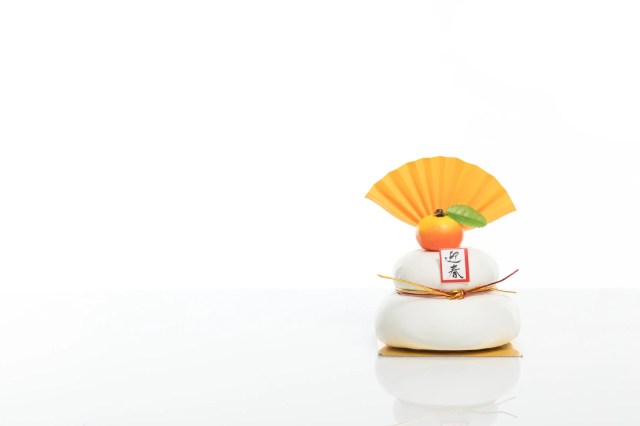
These days, kagami mochi are displayed in a number of ways, but the main elements of plump white rice cakes and citrus topping, complete with green leaf attached, generally remain the same. That is, unless you’re Studio Ghibli, because this year they’re giving us a kagami mochi like nothing we’ve ever seen before, replacing the mochi cakes with the body of a Totoro!
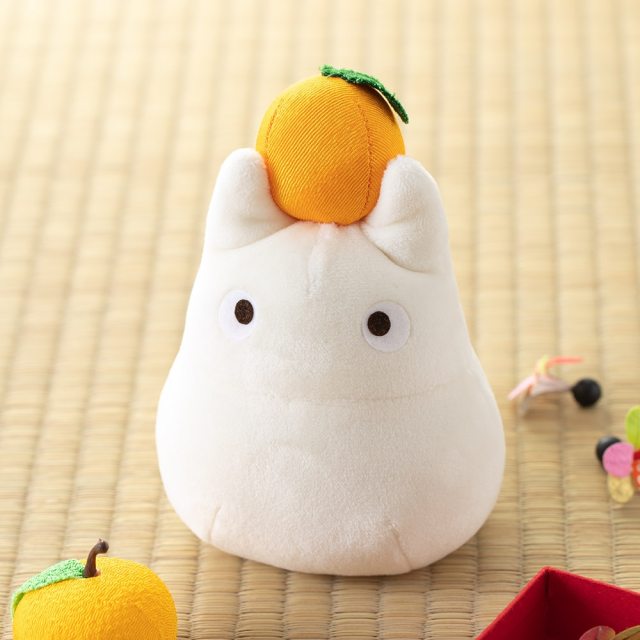
If you like your decorations to be soft and cuddly, you’ll love the New Year’s Small Totoro plushie, which is 12 centimetres (4.7 inches) wide and 10 centimetres tall, and retails for 2,200 yen (US$14.78).
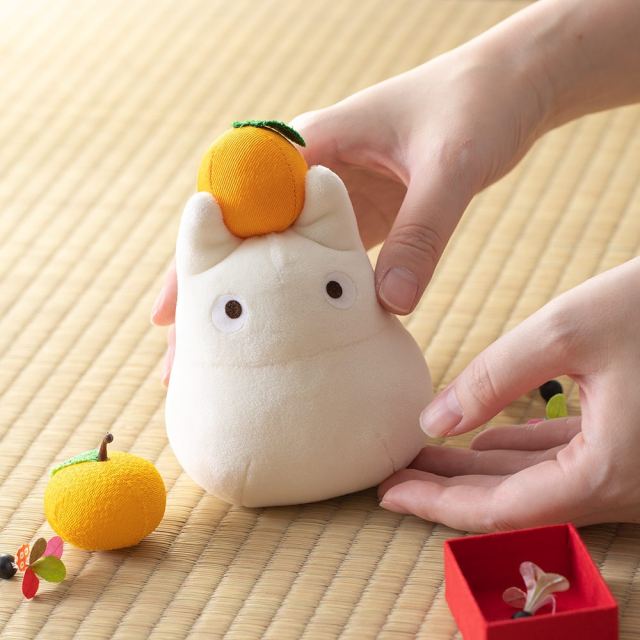
Those looking for a slightly more traditional decoration will want to opt for the New Year’s Small Totoro made from polyester resin, making it firmer to touch.

This Totoro comes with the traditional paper and stand, although these ones are embellished with some gorgeous Ghibli details.
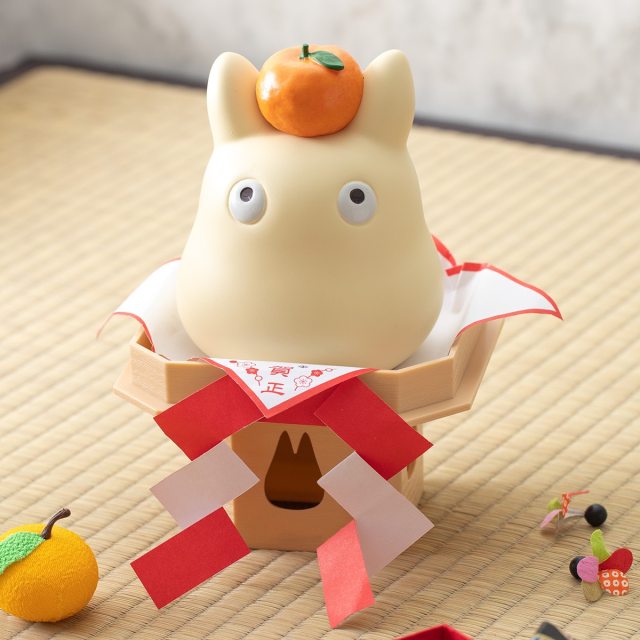
The red-and-white paper reads “Gasho” (“Happy New Year”) on the front corner, with plum blossoms to represent the coming of spring and new beginnings, and a little Soot Sprite to give it a dash of Ghibli magic.
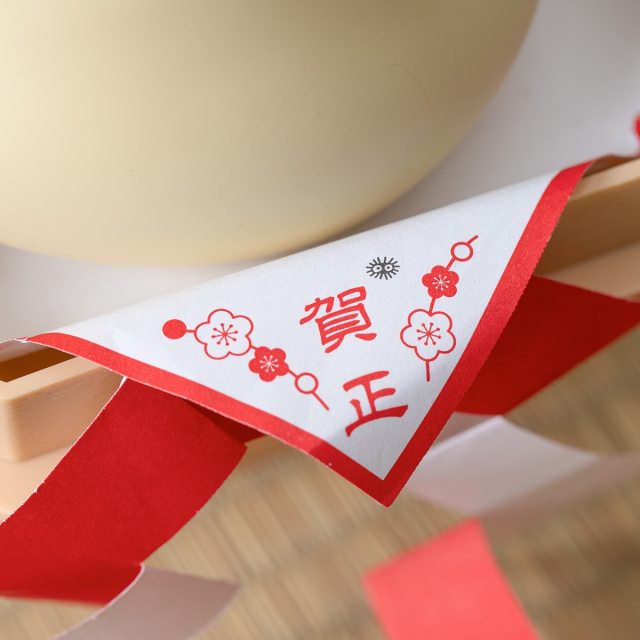
The pedestal, which traditionally features a hole in the shape of a Hoju (a sacred, wish-fulfilling jewel), bears the shape of Totoro instead.

This Totoro is 9.5 centimetres wide and 11 centimetres tall and weighs in at 761 grams (26.8 ounces).
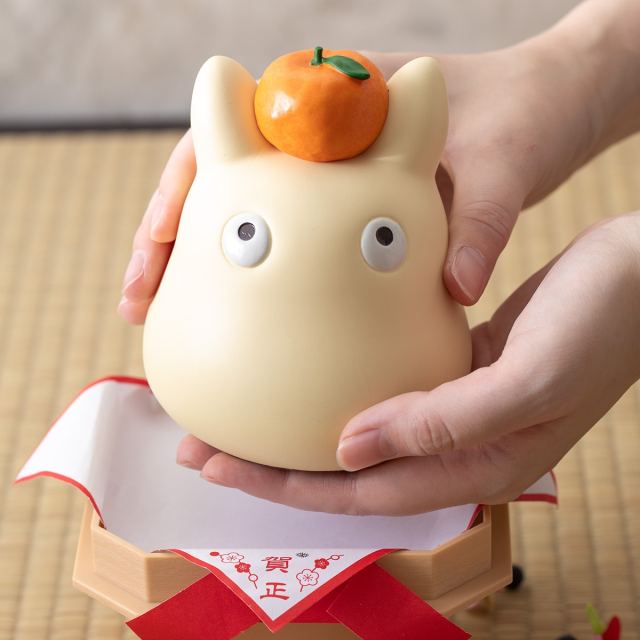
▼ At 6,930 yen, it’s more expensive than the plush Totoro, but it does come with a stand and paper decoration, making for a more impressive display.
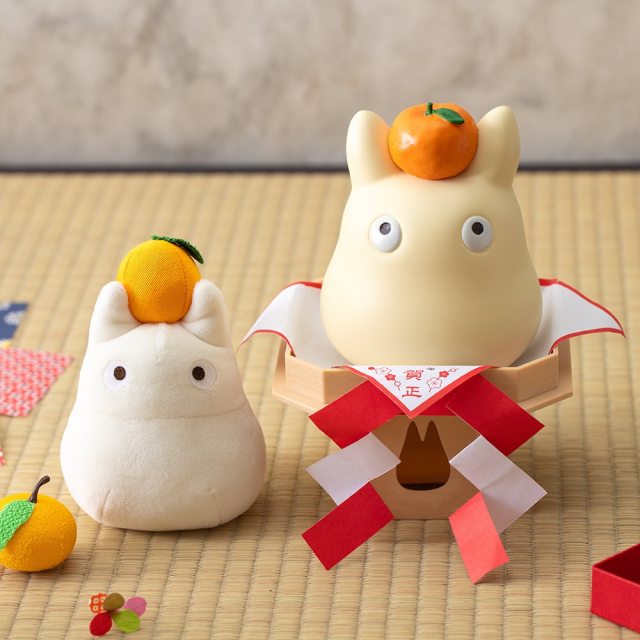
Fans of Kiki’s Delivery Service also have cause to celebrate, with the unveiling of a wreath featuring magical black cat Jiji.
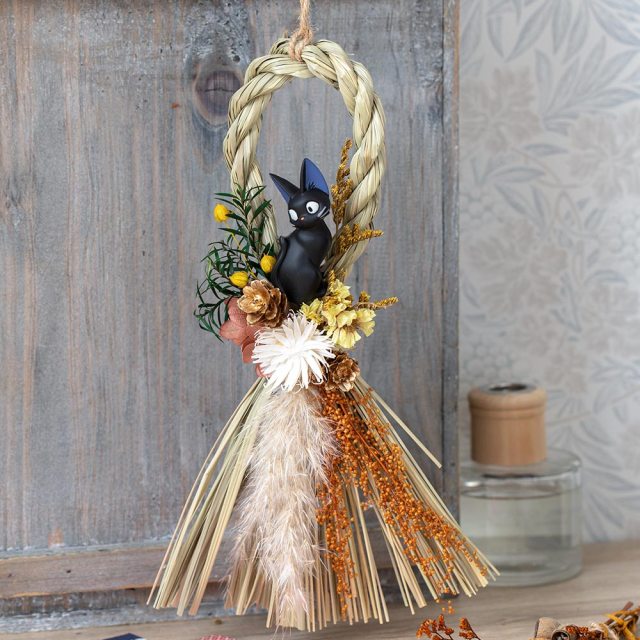
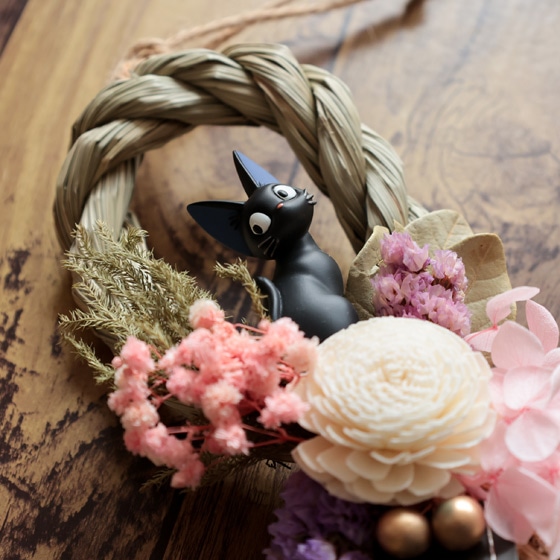
While it’s customary to display a wreath or pine display at your front door over New Year’s in Japan, this Ghibli item is described as a “Western-style decoration” due to its design, which doesn’t include sacred paper details and opts for a more subdued hue that’s markedly different to that of traditional Japanese New Year’s wreaths.
A traditional wreath, known as “shime kazari”, contains bursts of green and red hues, with leaves of urajiro (Japanese fern) and yuzuriha (false daphne) often included.
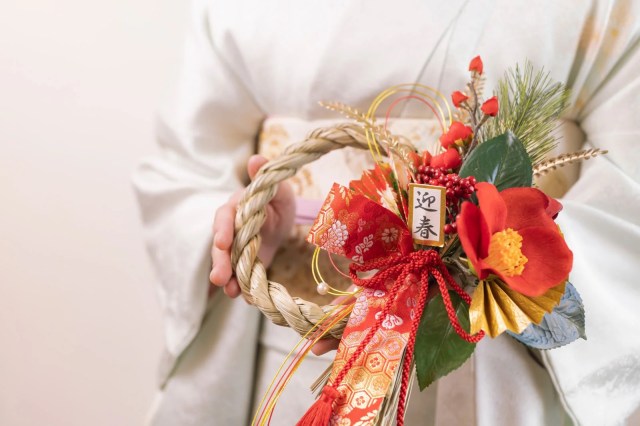
The Ghibli wreath has a similar straw rope but different details that hark back to the medicinal herbs and blooms seen in Kiki’s family home, where magical potions are concocted.
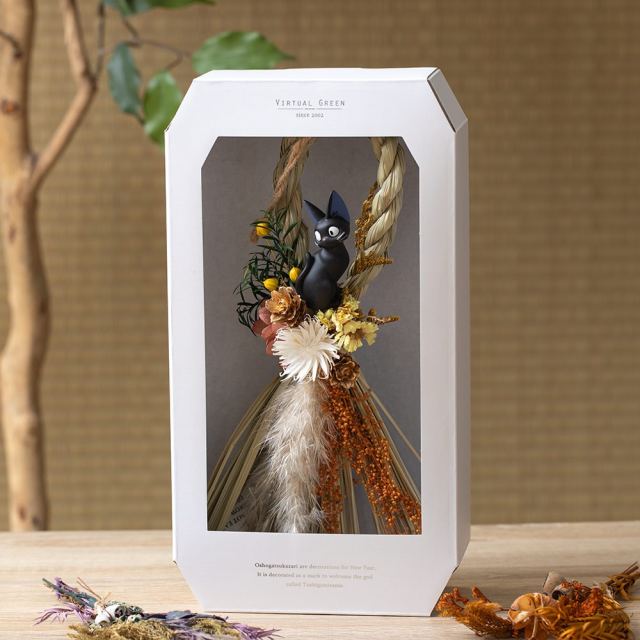
If you’re more of a Spirited Away fan, you’ll want to check out this New Year’s decoration featuring No Face, which retails for 8,800 yen.
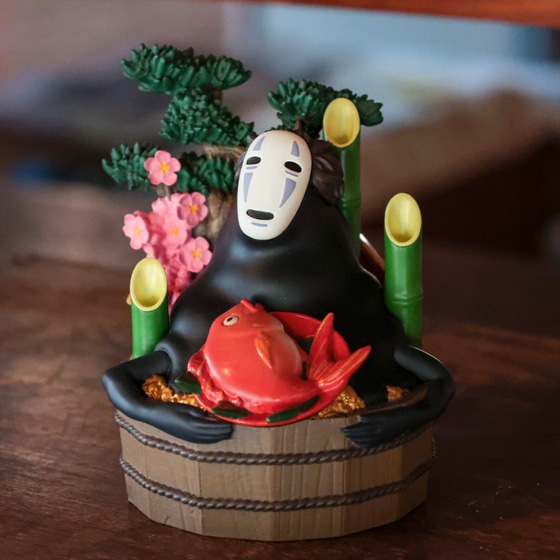
This beautiful item gives us a Ghibli twist on the traditional kadomatsu display, which contains pine and bamboo and usually looks similar to what we see in the image below.
▼ Miniature kadomatsu
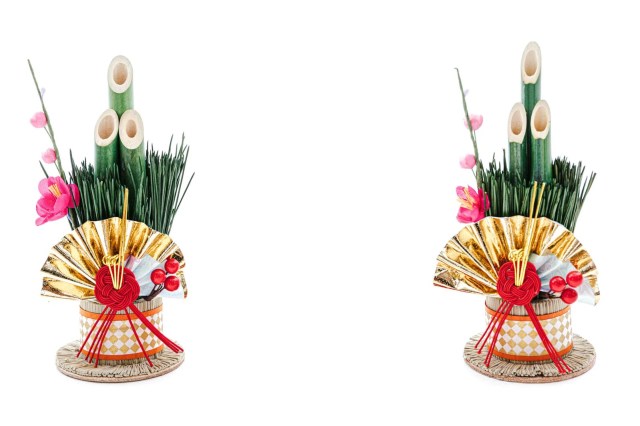
While most kadomatsu are large and purchased as a pair, with one placed on either side of the door, that’s not an option for apartment dwellers who usually have to keep shared public spaces clear of clutter, so mini versions like this one bring the tradition indoors.
▼ Ah…ah…ah…
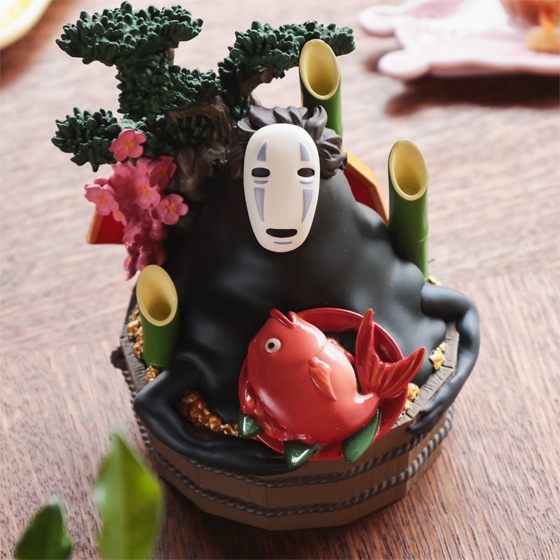
There are a lot of auspicious items to be found in No Face’s tub, starting with the pine, bamboo and plum display, which also includes a fan in a mound of gold.
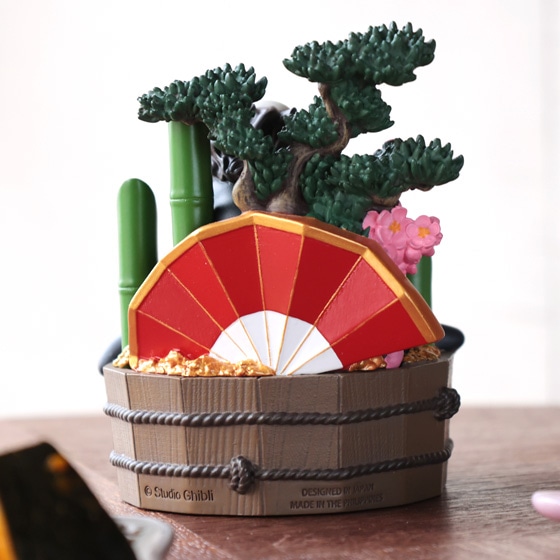
The auspicious gold and red hues continue on the front, where we see a tai in a plate perched on No Face’s belly. Tai, or red sea bream, is one of the lucky foods eaten at New Year.
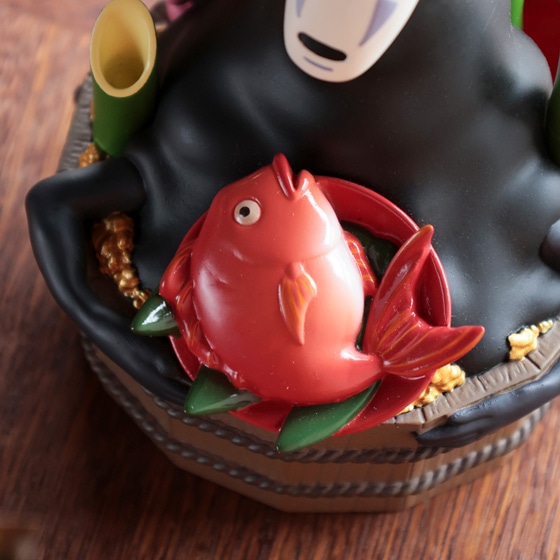
Not only will this decoration help to bring luck and fortune into your home, it can also serve as a reminder to avoid greed and overindulging during the holiday period and the year ahead, lest we end up like No Face in the bathhouse.
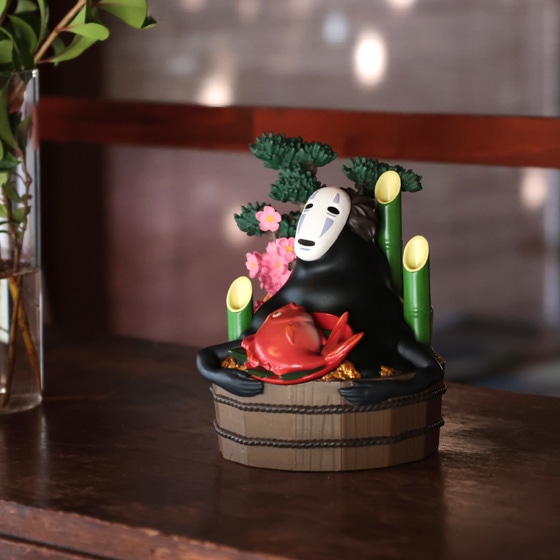
While the No Face decoration, in true No Face fashion, has been lurking on the Donguri Kyowakoku site for a while now, the Totoro and Jiji decorations are new additions to the range for New Year.
On sale online from 25 November, the newly released Jiji and larger Totoro items proved to be sell-out hits, with only the small plush Totoro now remaining in stock. Donguri Kyowakoku is known to restock its popular goods whenever possible, though, so here’s hoping they’ll have more available before the year is out. Until then, we’ll be browsing these New Year’s Totoro tenugui decorations and the cute new Ghibli hanko stamps in the lead-up to the holidays.
Source: Donguri Kyowakoku
Featured image: Donguri Kyowakoku
Insert images: Pakutaso (1, 2, 3) Donguri Kyowakoku (1, 2, 3, 4)
● Want to hear about SoraNews24’s latest articles as soon as they’re published? Follow us on Facebook and Twitter!

No hay comentarios:
Publicar un comentario